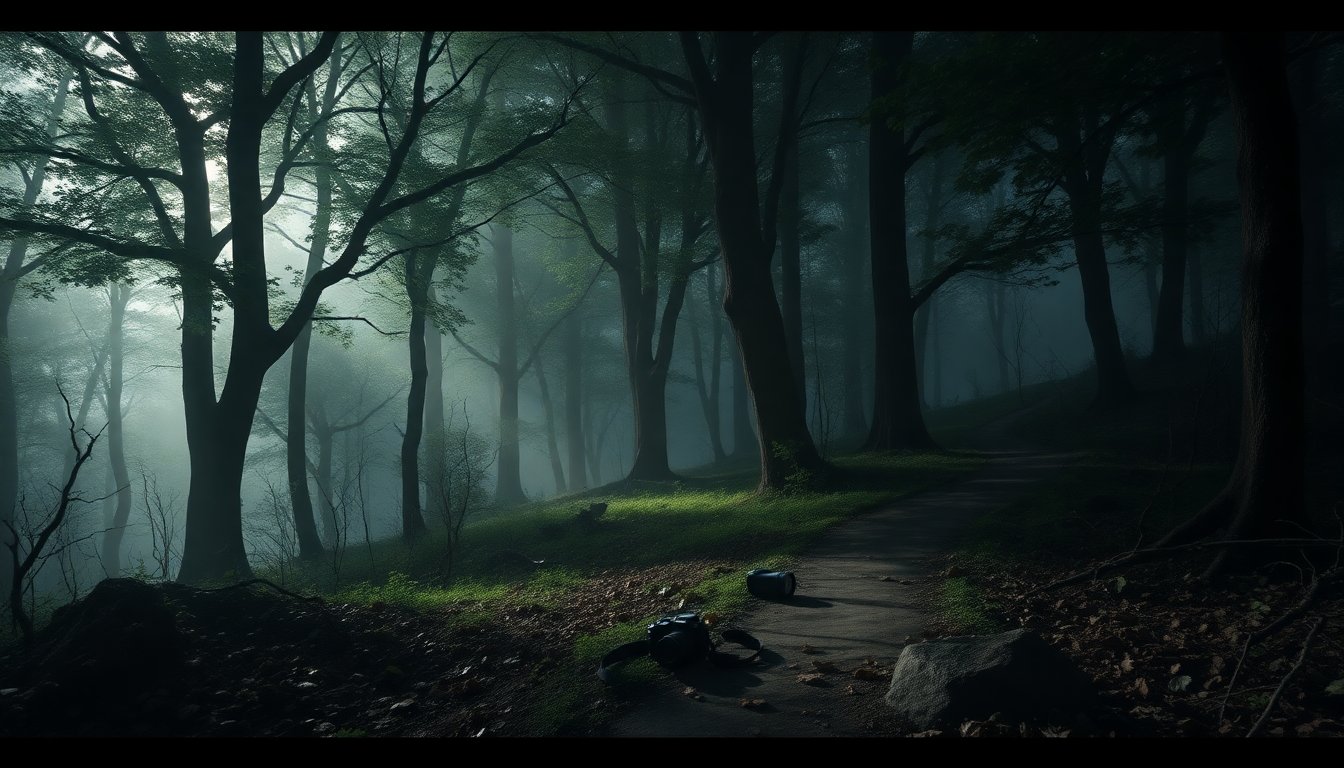Table of Contents
In the realm of horror cinema, Shelby Oaks emerges as a notable entry, directed by Chris Stuckmann, who is primarily known for his work as a film critic on YouTube. The film delves into the mysterious disappearance of Riley Brennan, an aspiring ghost hunter played by Sarah Durn.
This narrative intertwines the familiarity of online culture with chilling elements, creating a unique viewing experience that resonates with a generation shaped by digital media.
At its core, Shelby Oaks explores the impact of social media on storytelling and horror.
Stuckmann’s transition from critic to director allows him to inject his understanding of the digital age into the film’s fabric. The story centers on Riley’s sister, Mia Brennan (portrayed by Camille Sullivan), who embarks on a quest to uncover the truth behind her sister’s vanishing act, which occurred twelve years prior in the fictional town of Shelby Oaks.
The evolution of a horror narrative
Initially presented as a mockumentary, the film sets a compelling premise by utilizing a found footage technique reminiscent of classic horror films. However, as the story unfolds, it shifts gears into a more conventional thriller, which some critics argue detracts from its initial allure.
This blend of styles serves to heighten the emotional stakes while also reflecting the complexities of modern horror storytelling.
A blend of media and emotions
Stuckmann’s love for mixing various forms of media shines through in Shelby Oaks, particularly in a sequence where Mia engages with a tape that holds crucial insights into Riley’s fate.
This moment emphasizes the emotional connection viewers can form with characters as they process trauma and fear. Stuckmann notes that the allure of watching reactions—an increasingly popular format on platforms like YouTube—can draw audiences deeper into the narrative, making them feel as if they are experiencing the horror alongside the characters.
The film’s setting, a fictionalized version of Ohio’s Darke County, adds an atmospheric layer to the story. Stuckmann’s choice of location reflects his intent to create a cinematic universe that resonates with his audience, drawing parallels to the beloved Castle Rock approach. By establishing a sense of place, he enhances the film’s ability to evoke fear and tension.
Delving into the characters’ psyche
As the narrative progresses, the psychological depth of the characters becomes increasingly significant. Mia’s relentless pursuit of the truth is not just a quest for closure; it mirrors the emotional scars left by her sister’s disappearance. Stuckmann eloquently describes trauma as akin to a crack in a window, which, if left unattended, can fester and grow, ultimately consuming one’s life. This metaphor serves as a poignant reminder of the lingering effects of unresolved grief.
Audience reception and the horror genre’s evolution
Despite its intriguing premise, some critics view Shelby Oaks as falling victim to overused horror tropes, which detracts from the film’s potential. The structure of the film, once it transitions away from found footage, has been criticized for lacking originality. However, it is essential to recognize that the exploration of such themes reflects a broader generational shift in filmmaking, where creators are increasingly drawing inspiration from internet culture rather than traditional cinematic narratives.
Stuckmann’s journey as a filmmaker is also a testament to the changing landscape of Hollywood, where platforms like YouTube are now recognized as legitimate sources of creative talent. This evolution paves the way for a new breed of filmmakers who infuse their backgrounds in digital media into their storytelling, ultimately enriching the horror genre with fresh perspectives.
Conclusion
In conclusion, Shelby Oaks stands as a reflection of modern horror, merging the realms of digital storytelling with traditional filmmaking techniques. While it may stumble in its execution, the film’s ambition to address themes of loss, trauma, and the influence of social media is commendable. As audiences navigate the intertwining paths of horror and technology, films like Shelby Oaks provide a lens through which to examine our fears in this digitally saturated era.





